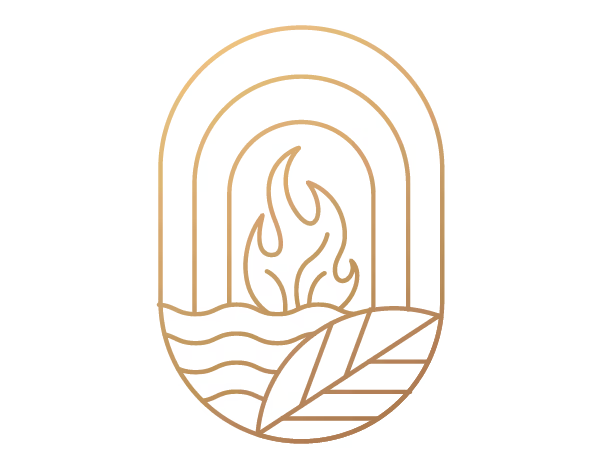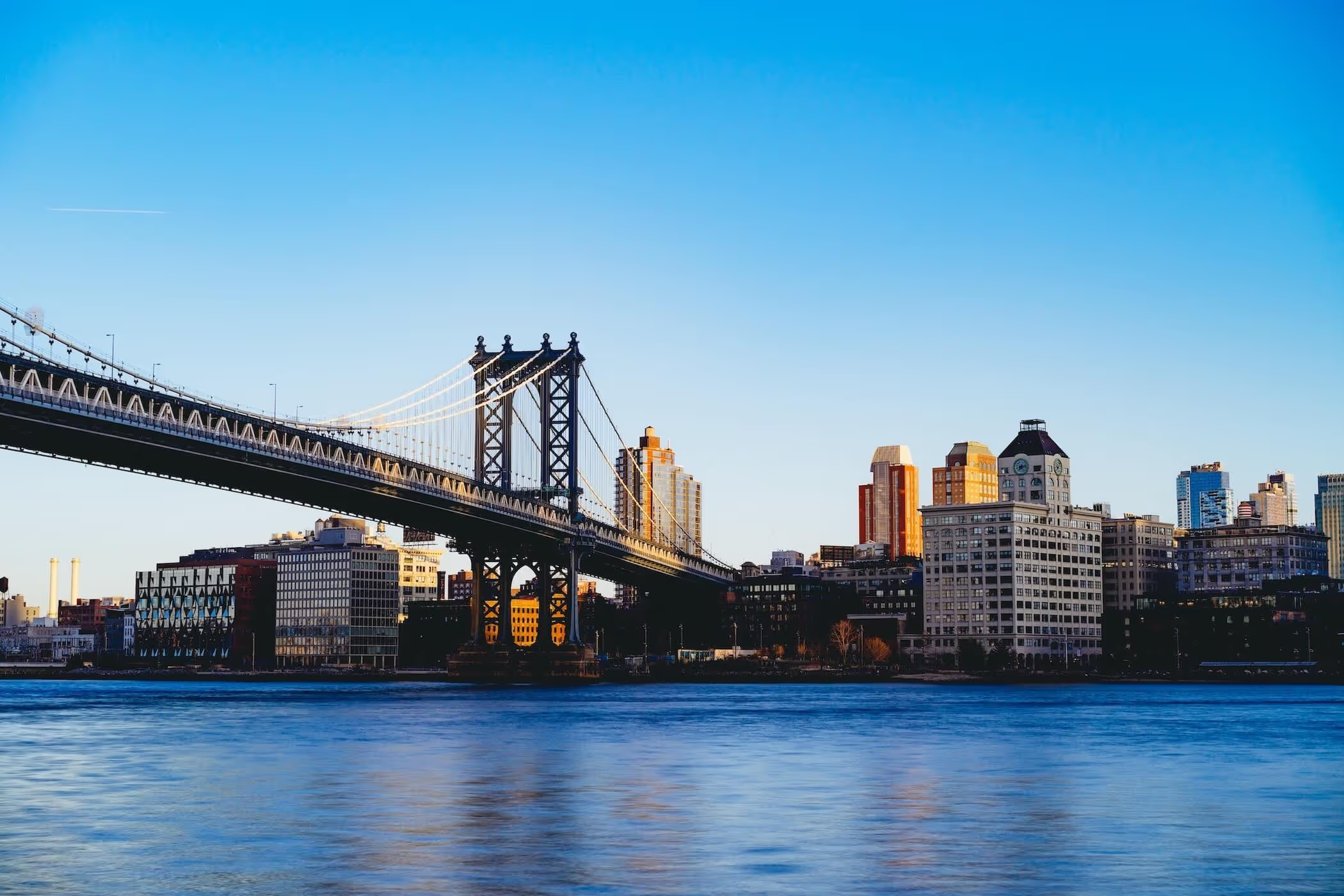Why Precision Thermal Control Matters in Concentrate Labs
In modern cannabis, botanical, and R&D labs, keeping your jacket sleeves, coils, or reactor jackets within tight temperature tolerances isn’t a luxury—it's a necessity for product quality, yield, and compliance. Every decarb run, winterization protocol, or post-process distillation is sensitive to swings of just 1–2°C. If your recirculating bath can’t hit and hold its setpoint—especially during load changes—you're risking inconsistent cannabinoid profiles, terpene loss, or failed downstream QA.
Yet, too many labs suffer these swings and unexpected delta-Ts (temperature differentials) around critical thermal steps. Is it time to revisit your temperature control setup—or better yet, to tune it for bulletproof performance?
PID Tuning: The Heartbeat of Stable Bath Operation
Most modern recirculators and heating baths, like the Julabo SL-12, rely on PID controllers (proportional, integral, derivative) to minimize cycle oscillation and quickly recover setpoint after disturbances. But factory default settings often don’t account for your unique process loads—meaning thermal “hunting” or sluggish setpoint recovery.
Practical PID Tuning Steps
- Establish Baseline: Log temperature response as you step the setpoint up or down with your typical process load connected. Record: How fast does the system settle? What’s the peak overshoot?
- Proportional Gain (P): Increase P until you see the bath respond briskly but without sharp overshoot. High P alone can cause instability.
- Integral (I): Adds correction for steady-state error. Too high, and you get oscillation; too low, and setpoint error lingers. Adjust to eliminate long-term drift.
- Derivative (D): Dampens rapid swings. Start low—overcorrection will cause noise amplification.
- Log Each Tuning Change: Graph your results. Aim for ±0.2°C steady-state error and quick (under 90s) setpoint recovery.
Resources: Practical PID tuning guide, Reddit - community tuning tips
Selecting and Commissioning the Right Recirculating Bath
The Julabo SL-12 Heating Circulator stands out for demanding extraction and post-process labs:
- 300°C max temp; 12L capacity
- Pump rate: 22–26 L/min (smart-adjusting for load)
- Tight digital control and external sensor integration
With high-wattage capacity and flow, it is built for thermal loads typical in decarb, cannabinoid isolation, or terpene handling. But the bath can only be as stable as the full thermal system—not just the controller.
🔗 See equipment details and specs
Pump Curves and Flow Rate Implications
- A key to maintaining setpoint under load is proper flow across coils or jackets. Too slow? You get poor heat transfer and local hotspots; too fast? Turbulence or flowing past the optimal transfer rate leads to pump strain.
- The SL-12's 22–26 L/min range accommodates multi-vessel setups, but check system resistance: Long or thin hoses increase head loss, reducing effective flow.
Minimize hose ID and length wherever possible. Insulate to avoid ambient losses—especially between bath and target vessels.
Multiple Heat Exchangers or Jacketed Vessels?
Balance flow using manifolds and verify with temperature probes at each branch. Pay close attention to backpressure and ensure the total delta-P does not exceed the SL-12 pump capacity.
See: Julabo HighTech SL-12 Heating Circulator details and pump data (PDF)
Choosing the Right Heat-Transfer Fluid
Not every fluid is the same.
- Water/glycol blends are fine for -20°C to +90°C (winterization, solvent recovery).
- For high-temp decarb or distillation, synthetic oils (Therminol, Duratherm, etc.) rated for +200°C and higher are essential for stability and safety.
- Always check bath and system material compatibility (Buna-N/Viton seals often recommended for oils and hydrocarbon fluids). Use the manufacturer’s compatibility and stability charts: Duratherm compatibility guide | Therminol options
The Power of External Sensors and Data Logging
Most high-end baths, including the SL-12, allow for external PT100 sensor control. Placing the sensor on the actual vessel or coil (rather than just the bath fluid) enables much crisper control relative to product temperature. This is especially relevant during exothermic decarboxylations, where system lag can sabotage reproducibility.
Pair this with data logging (RS232/USB ports standard) and rigorous acceptance limits:
- ±0.2°C at target for extraction steps
- Logged every 10–30 seconds
- Maintain traceable log files for SOP validation, process optimization, and troubleshooting
For detailed acceptance criteria: best practice is “stayed within setpoint range for 95% of process time, minus <1 min recovery after load” (Polyscience bath controller manual PDF)
Demonstrated Benefits: Yield, Consistency, and Compliance
Case studies and simulation work repeatedly show that:
- Labs shifting from untuned to tuned PID control saw reductions in batch-to-batch potency fluctuation by 30–50%
- Decarb step delta-T stabilized from ±1.5°C to ±0.2°C
- Thermal overshoot (and “heat shock” cannabinoid/terpene damage) dropped, improving both yield and sensory quality
More: Literature on precision PID for drying and distillation, Temperature Control Performance Improvement
Beyond the Bath: End-to-End Best Practices
Urth & Fyre works hands-on with labs to:
- Select and size recirculators for your actual process and vessel profile
- Tune PID settings for each workflow (decarb, winterization, distillation, bulk fill handling)
- Design SOPs with data logging, validation, and trigger limits
- Build commissioning/maintenance calendars to prevent controller drift or pump failures
- Offer access to curated equipment and financing for fast, disruption-free upgrades
We also provide ongoing support to remap load profiles as your throughput scales—and to validate that every batch meets critical temp stability for regulatory and customer trust.
Takeaways for Lab Leaders
- Don’t settle for ±1–2°C swings in your post-processing baths. Even modest PID tuning, external sensor use, and better fluid selection make major differences in output quality and yield.
- Document and log! Use your bath’s digital outputs or third-party dataloggers as part of regulated SOPs.
- Review your current hose/flow setup for pressure drop, insulation, and knowledge of how pump curves play into your system-wide performance.
- Map your system with pros—get expert help to commission, validate, and maintain optimum thermal control.
Recommended for Your Lab
Looking to upgrade or validate your setup? Explore our Julabo SL-12 300°C 12L Heating Circulators for proven performance under real-world loading and tight setpoint requirements.
Looking for additional resources or an end-to-end consult? Browse more thermal & process control equipment and tap into Urth & Fyre’s lab commissioning, SOP development, and preventive maintenance solutions.
Elevate your process, protect your yield. Visit urthandfyre.com to set up a consult or explore live listings.



